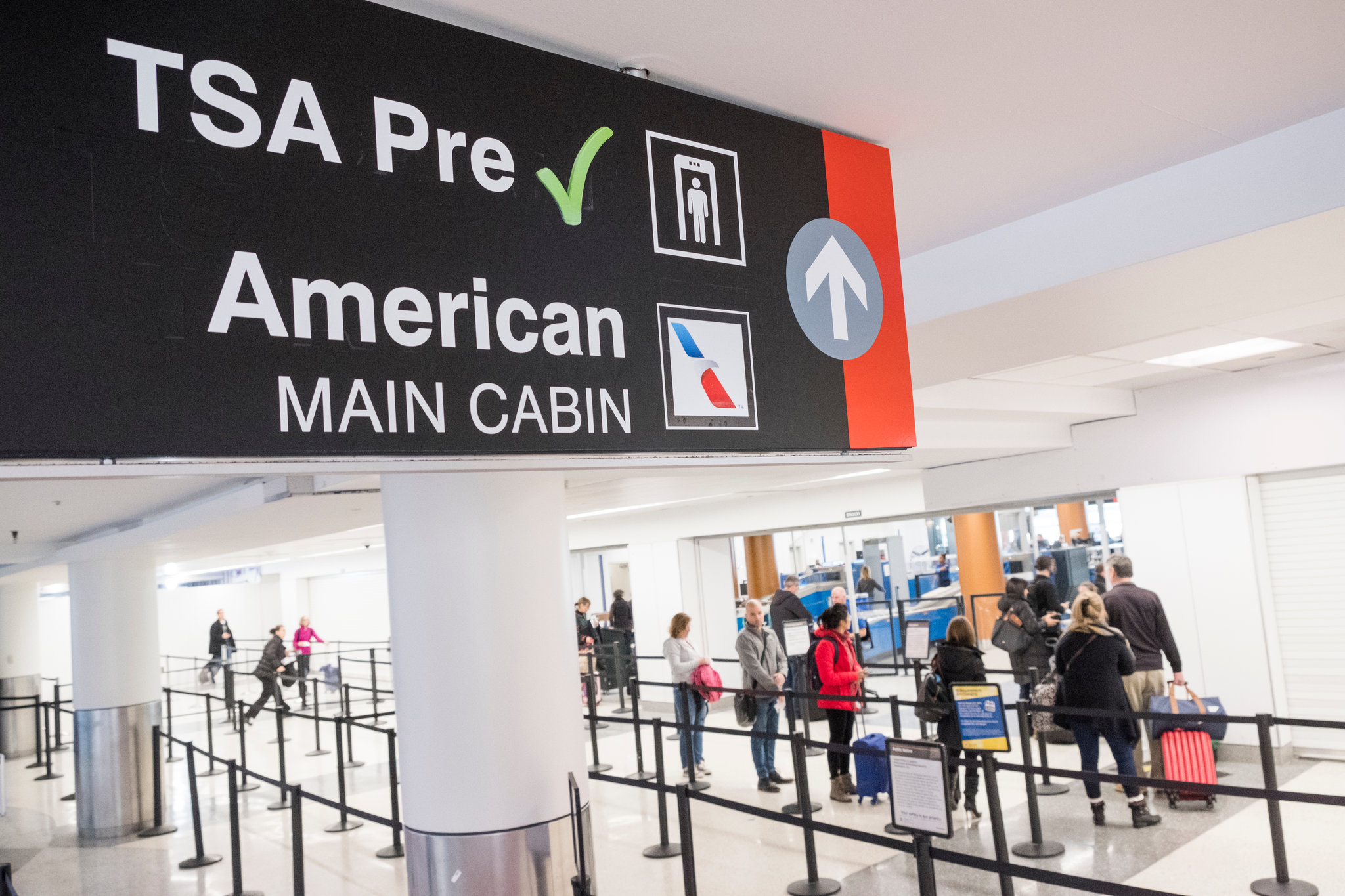Airport security has gotten increasingly longer since the September 11th, 2001 terrorist attacks. Luckily, there is a list of things you can do in order to not only get yourself through the line faster but also help those around you not have to wait as long. The more people who follow these simple guidelines, the easier airport security will be.
The 3-1-1 Rule
The Transportation Security Administration has been testing explosives since late 2006 and has come to the conclusion that liquids, gels and aerosols are safe to bring on an airplane as long as they are in small amounts. Bottles need to be no more than 3.4 ounces that contain liquids or gels and bags of 1 quart are allowed; but only one per passenger. All bottles need to be in 1 bag so that they can easily be x-rayed at once.
If you do not need these certain items with you on the plane, the best thing to do is simply check them in your luggage. This is going to expedite the security process and will also be more convenient for you so you do not have to keep track of them while on the aircraft.
If everything goes smoothly through the x-ray machine, this means less bags being checked. The less bags that are being searched, the faster the security line is going to go.
Items such as breast milk or medications can be in large quantities but this is something that needs to be mentioned to the security agent as screening begins. These items do not have to be bagged and agents may need to open the containers in order to inspect them further.
Have Proper Identification Ready
If you do not have your ID at the time of screening, there are other forms of identification that work just as well. Here are a few of the most commonly used ones:
– Passport
– Trusted Traveler cards
– Military ID
– Driver’s License
– Transportation Worker Identification Credential
Common Prohibited Items
There are many items that cannot be allowed on the plane but can remain in your checked luggage underneath the aircraft. Some of these include: box cutters, knives, scissors (unless shorter than 4 inches) and firearms. Firearms must be unloaded at all times, and located inside a hard, locked container.
If you are unsure if an item is allowed on the plane; simply ask by calling an airport official or checking out the TSA Website. There is an up-to-date list there. Be sure to check back often as changes may occur at random. It’s better to be safe than sorry and risk needing to throw away an item simply because you do not want to miss your flight.
Even if a specific item is usually allowed, does not mean it is always going to be. There may be additional screenings done if an alarm is set off during the security process. If items look as though they have been tampered with or may be of concern, then the item(s) may not be allowed to board the plane. The Transportation Security Administration has the final say when it comes to which items will and will not be able to enter the plane.
Unique Cases/Special Needs
For individuals with special needs, it is always a good idea to contact the airline at least 72 hours before departure. The TSA Cares Hotline is there 7 days a week in order to prepare those with disabilities or medical conditions for the screening process and to answer any questions one may have about their flight.
Burt Kramer works with a group of travel team who helps in organizing and planning trips. He updates news and views on many holiday destination on Khmtravel.com.
Image by redjar



